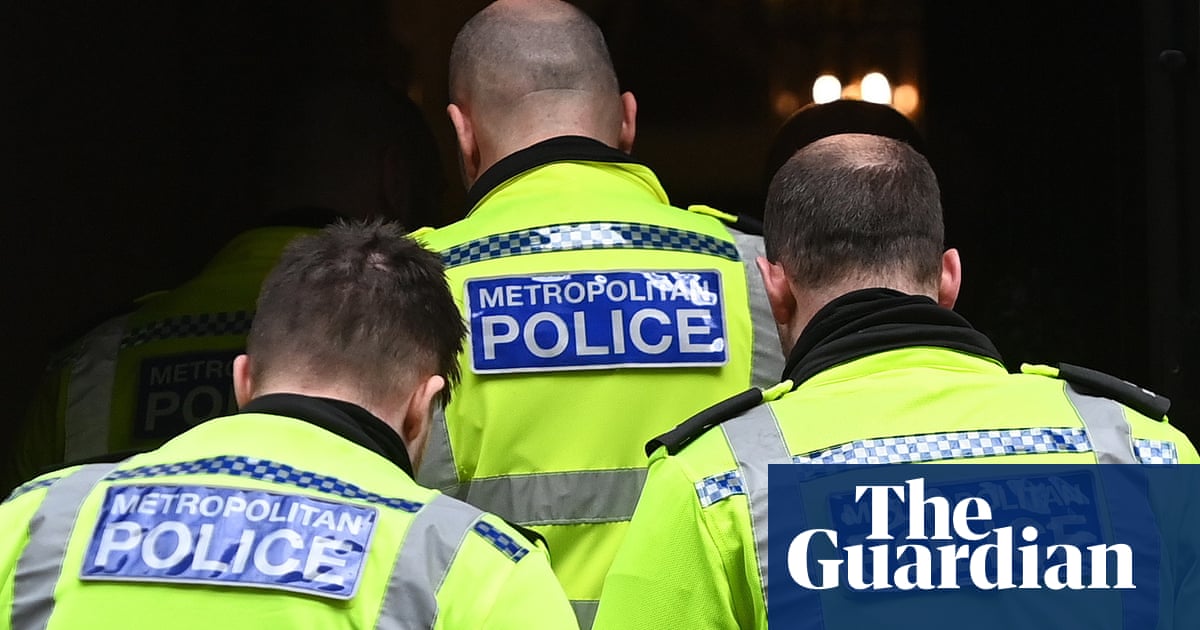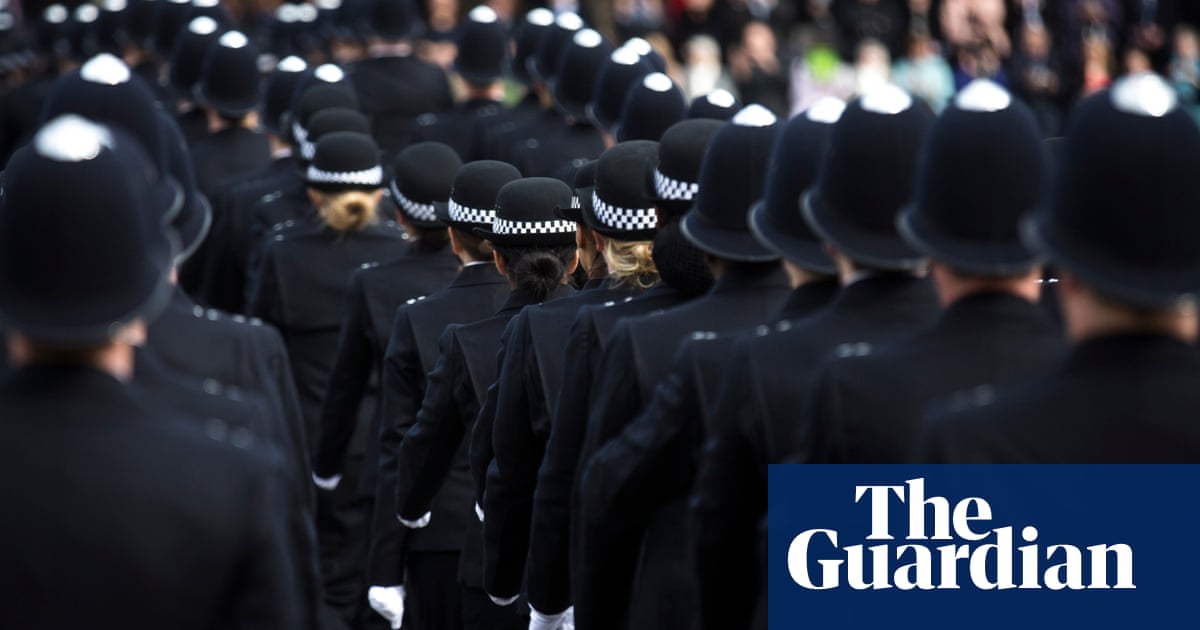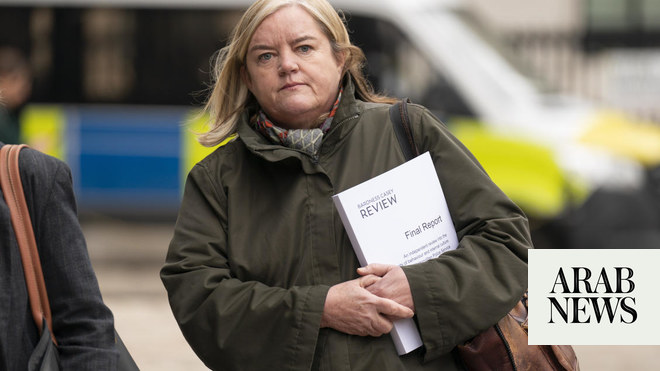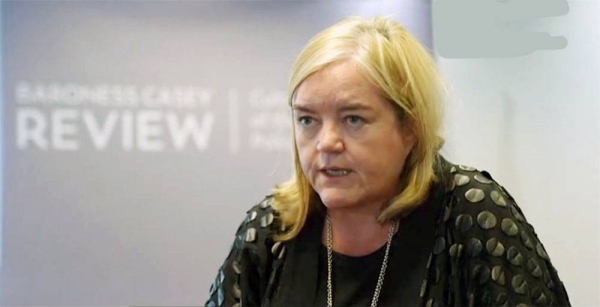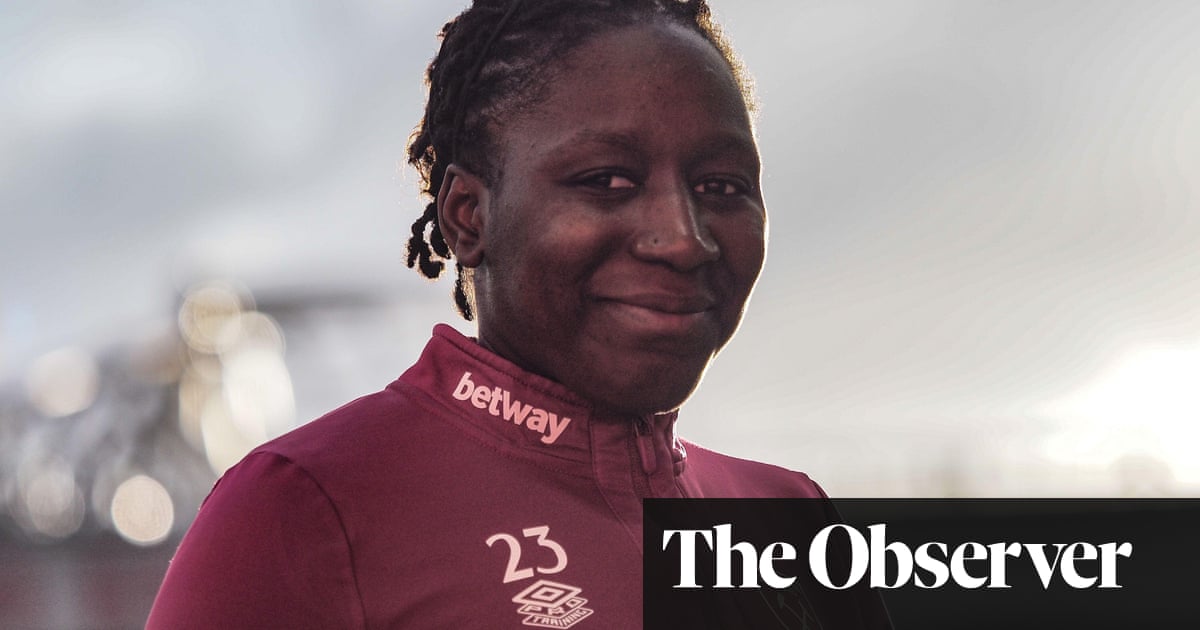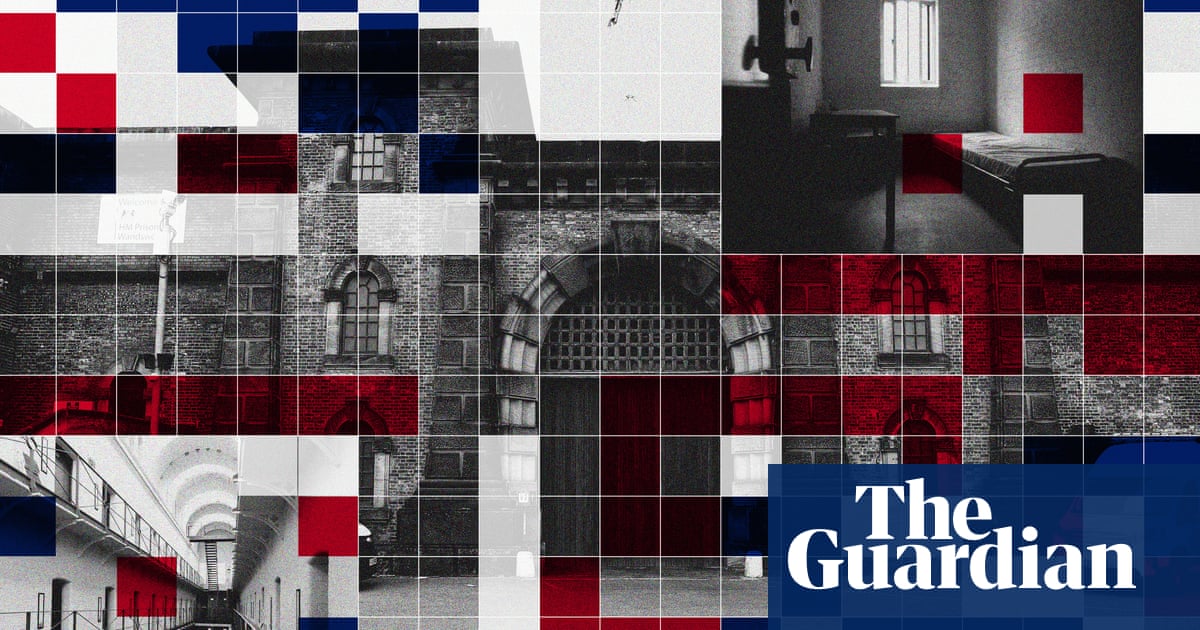
A groundbreaking scheme designed to help clear streets of hate graffiti and pinpoint flare-ups of racism and homophobia is being pioneered in Wales.
At the centre of the project is an app called StreetSnap, developed by Swansea University, that will be formally launched in January in Bridgend county borough and is being looked at by local authorities across the UK including a central London council.
The app will be used by a range of people who work on the streets such as police officers, youth workers and housing officials. If they spot graffiti, a poster or a sticker that is offensive, they can open up the app and take an image of the material. This is sent to the police and street cleaning teams who can quickly get to the scene and remove it.
Keeping a record of exactly where and when hateful messages appear will also allow counter-terrorism officers and community cohesion experts to build up a picture of problems that may be emerging.
Developers of the scheme demonstrated it to the Guardian in an underground car park in the town of Maesteg, at the northernmost end of the Llynfi valley 10 miles north of Bridgend, where it is being tested.
The car park is known as a hotspot for antisocial behaviour and its concrete pillars and ceiling are daubed in graffiti that sometimes includes swastikas, Ku Klux Klan scrawls and homophobic slurs.
Lella Nouri, the associate professor of criminology at Swansea University who invented the app, said: “We wanted to tackle hate graffiti on the street and understand tensions in the community. Most councils have a mandate to take down hate graffiti within 24-72 hours.”
But the graffiti can be hard to find, and getting details about it quickly to the police and on to street cleaning teams also presents a challenge.
“StreetSnap allows, for example, a PCSO [police community support officer] who is walking around to take a picture using the app and categorise it. It automatically records the location – they don’t have to work out where they are.”
The material is flagged up to administrators including counter-terrorism police, hate-crime officers, community cohesion coordinators and street cleaning teams.
“All the information is stored and you can see that at this point in time in this area there seems to be tension around a particular issue and that can be used by community intervention teams, by PCSOs and so on to better understand what needs to be done. It’s a way of tracking what is going on. It’s about ridding our street of hate, about communication and building up an understanding of tensions.
“When you start to talk to young people and ask about graffiti, often they don’t even know what it means, they think it’s cool or it’s what other people are doing. You can start to tease out these conversations.”
There was a particularly shocking case in the neighbouring local authority area of Neath Port Talbot last year when a former RAF cadet, Aristedes Haynes, 17, daubed a Windrush mural with swastikas, the words “Nazi zone” the white supremacist symbol “1488” and a racial slur.
The StreetSnap app has already been used by more than 50 practitioners on the ground in Bridgend as part of the pilot and testing but the official launch and mandatory use of the app throughout the county borough begins at the end of January.
Sgt Daniel Parry of South Wales police said the app was a gamechanger. “This gives the police an extra tool to address an issue efficiently,” he said. “As well as about getting that graffiti down as quickly as possible, it helps us build up an intelligence picture.”
Matthew Rowlands, a youth worker in Bridgend, said he and his colleagues were noticing more hate graffiti in the area. “I’m not sure what is creating it,” he said. “It may have escalated in line with social media. You wouldn’t expect it so much in smaller towns like this but it’s there.”
The app has been developed with Legal Innovation Lab Wales in Swansea and Bridgend Community Safety Partnership with funding from the Welsh government.




